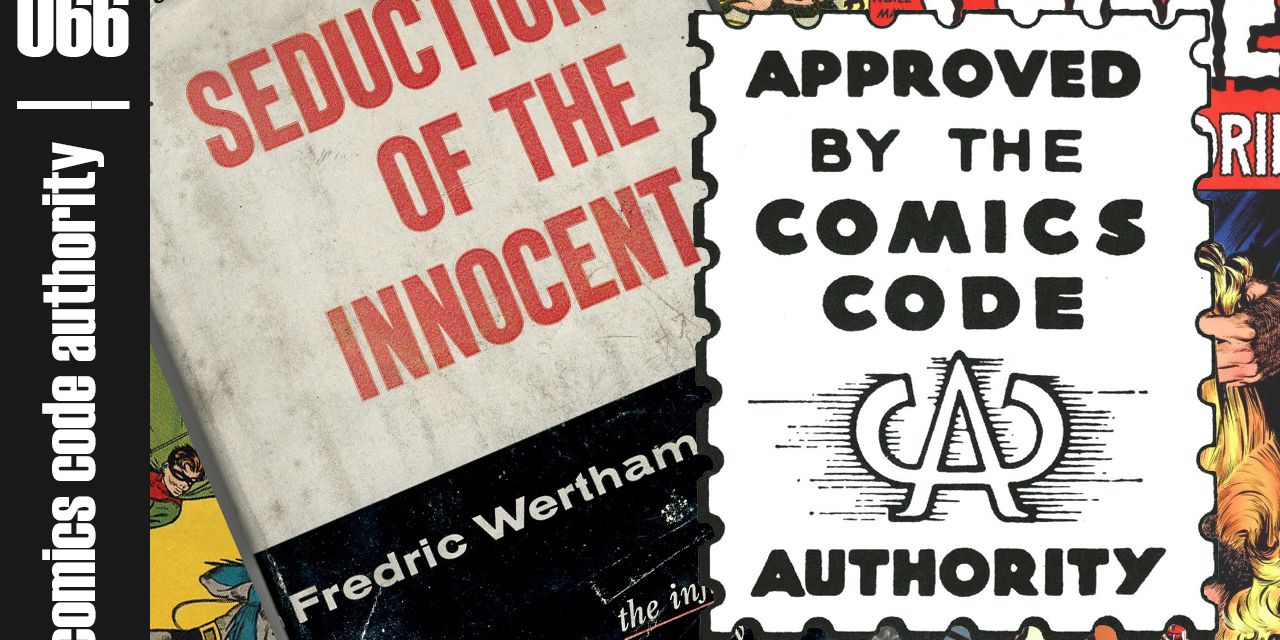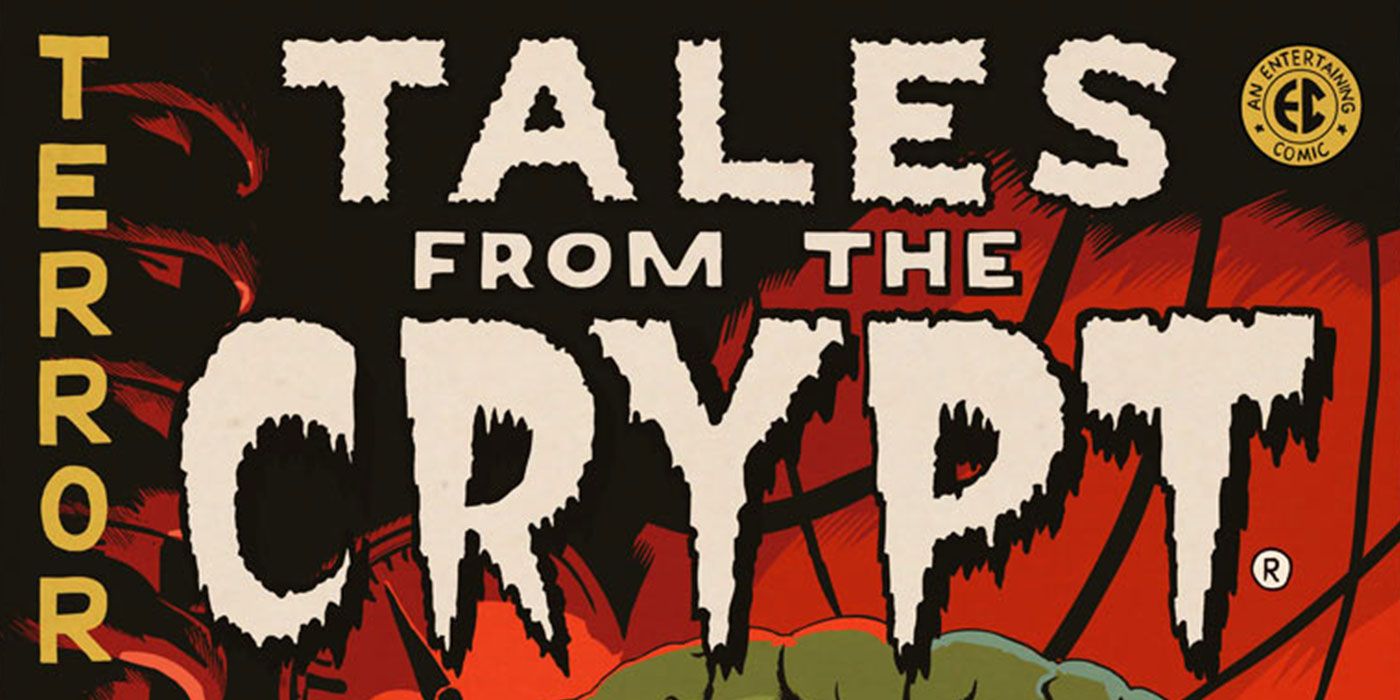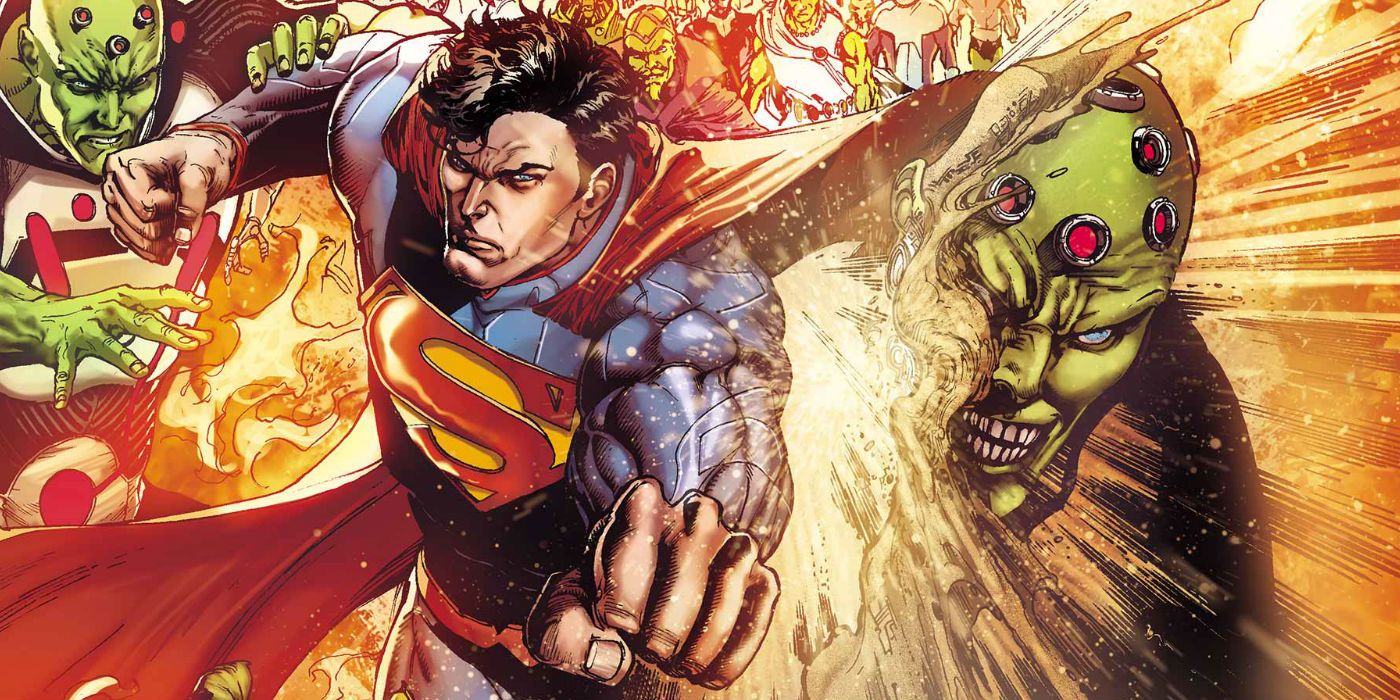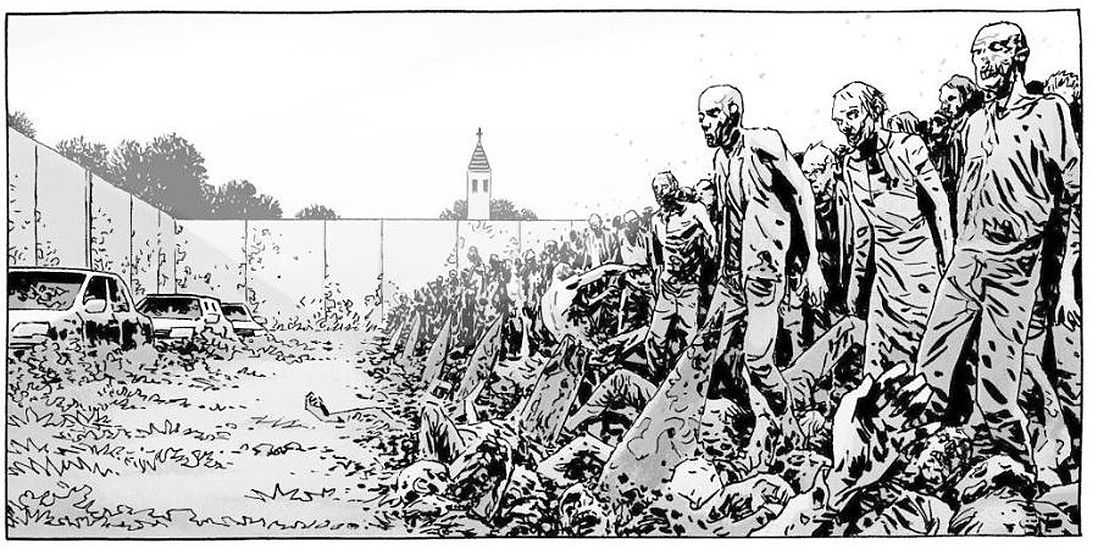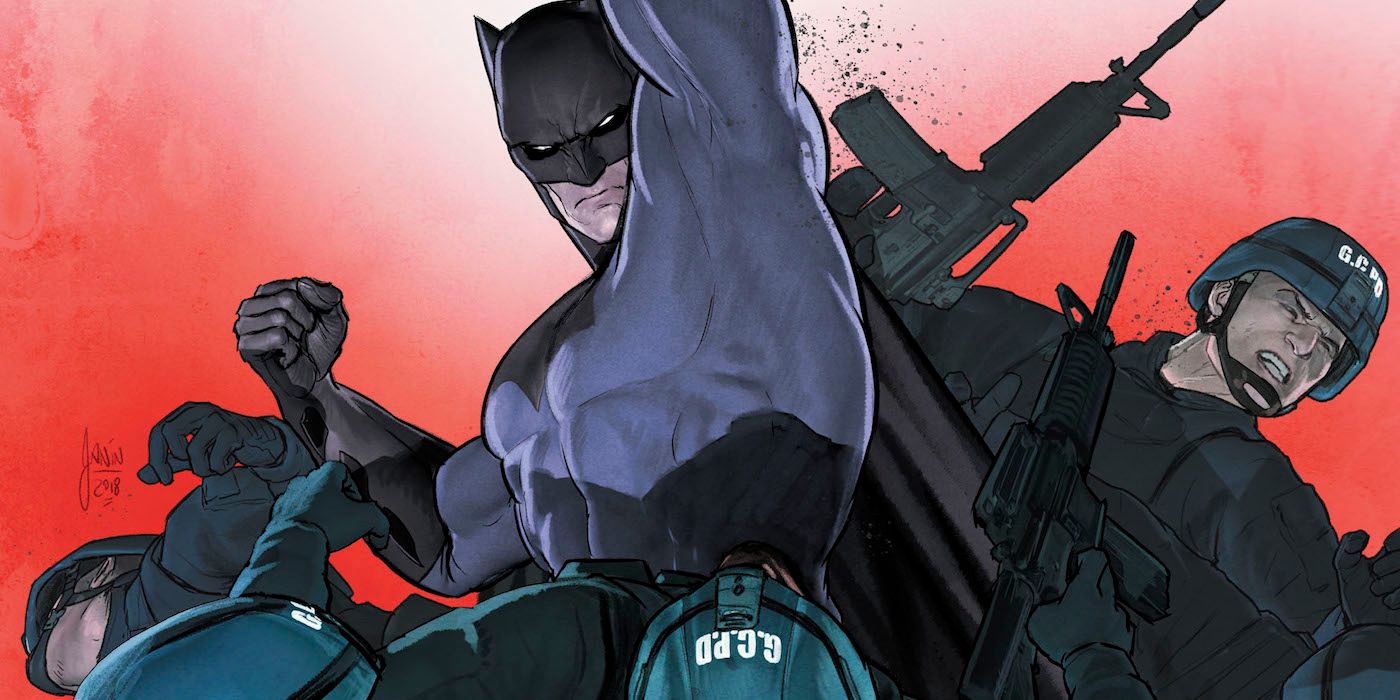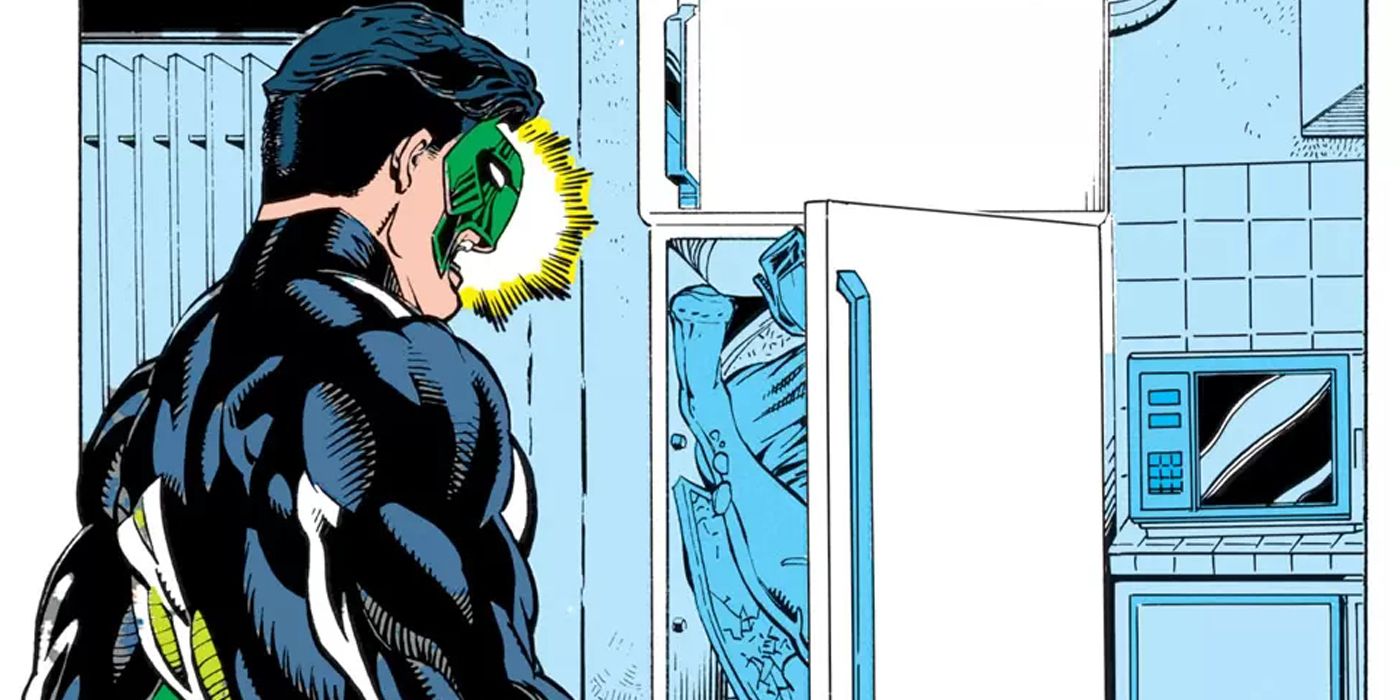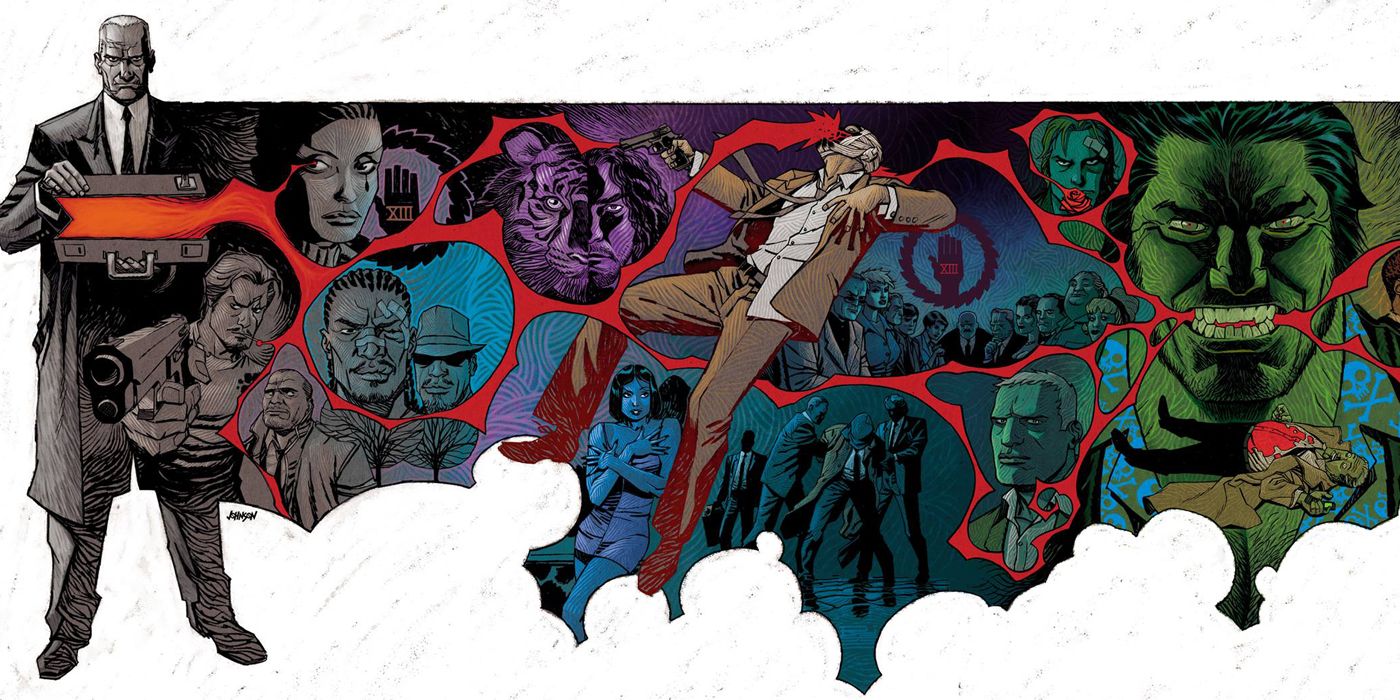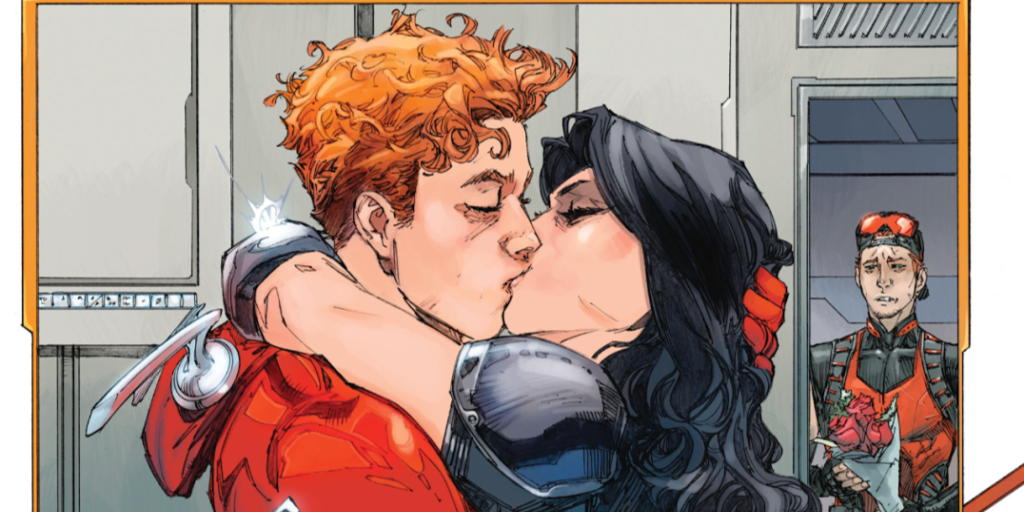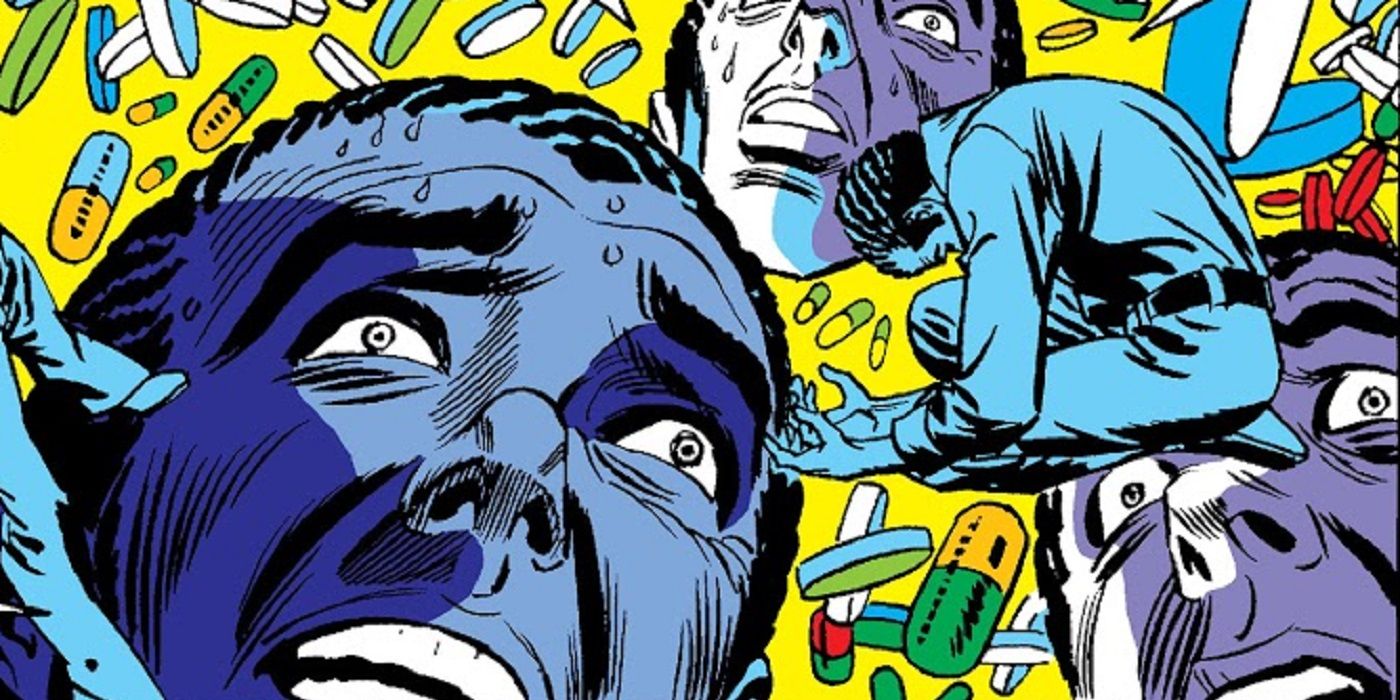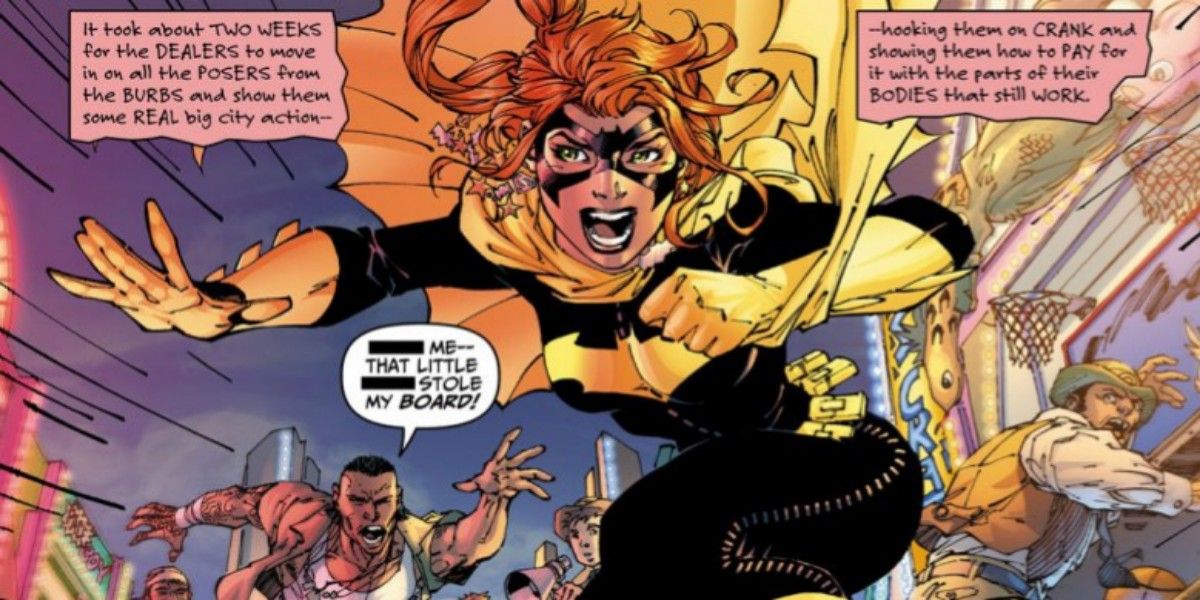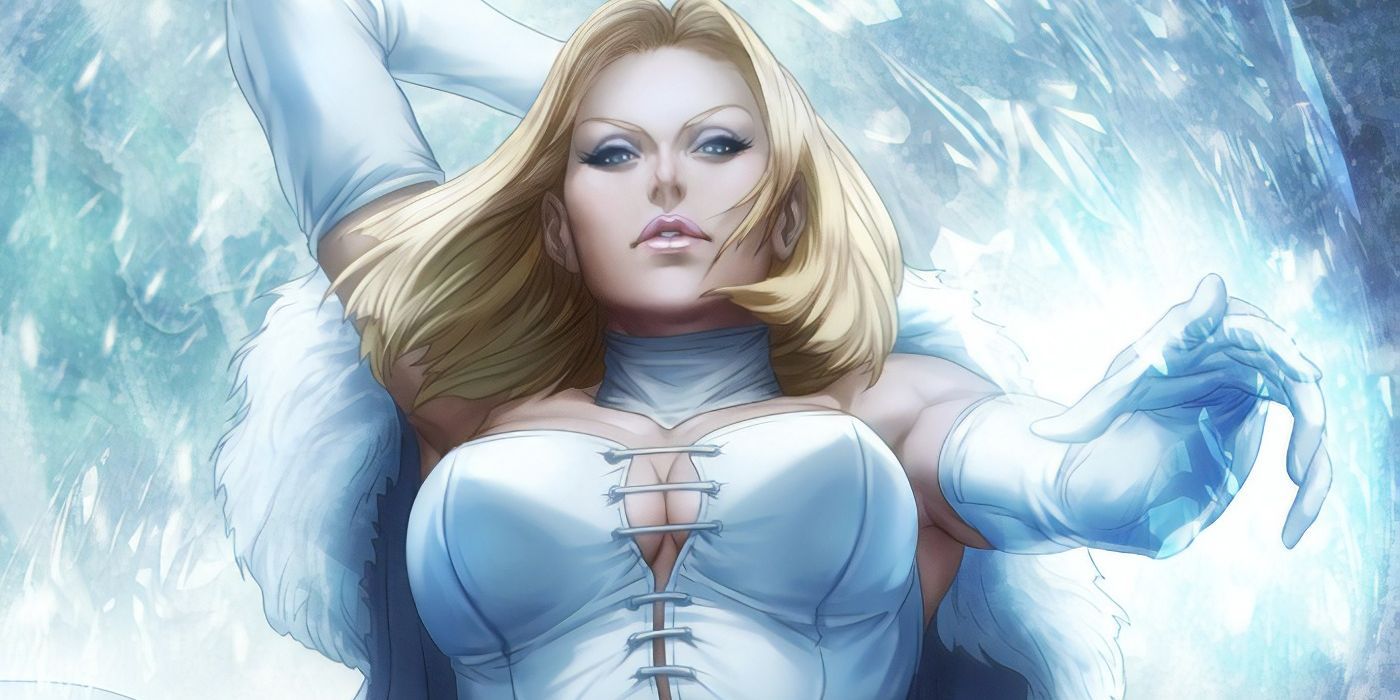Way back in 1954, the American comic book industry was on the brink of extinction. Anti-comics hysteria — fueled largely by psychologist Fredric Wertham’s sensationalist book Seduction of the Innocent — led to a Congressional hearing into whether "funny books" were responsible for corrupting impressionable minds. Faced with the very real threat of government regulation, top publishers. including DC and Marvel, opted to voluntarily adhere to industry self-regulation by the Comics Code Authority, instead.
The CCA provided a list of criteria that publishers needed to meet for their books to carry its seal of approval —all of which served to tone down or outright eliminate all violent and sexual content. While that’s understandable to some extent — and the code was steadily relaxed, before being abolished entirely in 2011 — at its peak, the level of censorship the CCA enforced upon comics creators was, frankly, insane. Need proof? Check out this list of 10 Crazy Rules The Comics Code Authority Made Creators Follow.
10 The Words “Horror," “Weird” And “Terror” Were Banned From Titles
As part of its mission to “clean up” comics, the CCA targeted horror books more than any other genre. For instance, publishers could no longer even use the words “horror”, “weird” or “terror” in comic book titles! This was a bit of a problem for EC Comics, whose output revolved almost entirely around all three of these concepts.
As a result, ongoing series like Vault of Horror and Weird Fantasy had to be either renamed or cancelled, wreaking havoc on EC’s line-up. Over the years, it’s been suggested that certain elements of the Comics Code were designed with the ulterior motive of driving EC — at the time one of the most successful publishers around — out of business. If so, it worked: EC eventually dropped all its titles save Mad, and the company was sold to Warner Bros. in 1960.
9 No Victorious Villains
Let’s be honest, here — most of us got into comic books at least partly because they tend to wrap up with a happy ending. At the same time, we’d argue that for comic book storytelling to remain interesting and suspenseful, the bad guys need to win at least some of the time — but the gang at the CCA wouldn’t have agreed with us.
See, while good vanquishing evil is a trope that prevails in comics to this day (particularly the superhero genre), when the Comics Code first landed, it was mandatory. This ruled out any plot twists that involved the antagonist getting one over the protagonist in any meaningful way. For better and for worse, this criterion would be downplayed in the decades following the 1950s, paving the way for the “grim ‘n’ gritty” books that dominated the industry in the 1980s and 90s.
8 No Vampires, Werewolves Or Zombies
In case you thought we were exaggerating just how much the CCA cracked down on horror-themed comics, consider this: until 1971, including any kind of supernatural monster in a story was prohibited. This meant that perennial spooky favorites like vampires, werewolves and zombies were all off limits — forcing creators to devise thinly-veiled substitutes to replace them.
Post-1971, the Comics Code was revised so that monsters with literary merit could be used again. This meant that the likes of Dracula and Frankenstein were back on the table, but zombies weren’t — so a multimedia mega hit like The Walking Dead never could have happened back then.
7 No Crooked Or Incompetent Cops
The Comics Code was developed to ensure that comic book publishers couldn’t be accused of peddling perverse material. In practical terms, this translated to enforcing a hyper-conservative worldview, to the extent that creators weren’t allowed to portray law enforcement and government officials negatively.
So there could be no crooked cops (unless they’re caught by their upstanding colleagues, naturally), duplicitous civil servants or bumbling judges — only paragons of competence and moral virtue. In the grand scheme of things, this might not seem like much, but it gives a real sense of just how rigorously the CCA sought to reinforce the status quo.
6 No Gross Imagery
A lot of the hysteria around comics in the 1950s stemmed from the graphic content found in several horror and crime books at the time. Most notably, an issue of EC Comics’ Crime SuspenStories that depicted a man holding a woman’s dismembered head on the cover played a central role in the hearings held by the Senate Subcommittee on Juvenile Delinquency.
So it’s hardly surprising that the Comics Code moved to block all “lurid, unsavory, gruesome illustrations” from being published. Ironically, this led to two infamous instances of Green Lantern stories running afoul of the Comics Code. Tales of the Green Lantern Corps Annual #2 was rejected by the CCA because its censors found Kevin O’Neill’s whole art style unsettling, while the CCA’s attempts to sanitize Green Lantern #54 made a grisly scene even more grotesque!
5 No Sympathetic Criminals
Writers like Ed Brubaker and Brian Azzarello have built their careers out of exploring the moral ambiguity of shady characters in comics like Criminal and 100 Bullets. However, these celebrated scribes would have been forced to forge their reputations with less nuanced crime fiction back when the Comics Code was in full flourish, as the CCA had zero appetite for sympathetic lawbreakers.
What’s more, anything that glamorized the criminal lifestyle was also ruled out, for fear that comics could be viewed as promoting the merits of illegal behavior in the eyes of young readers. The Code was eventually loosened so that crooks could be portrayed in a more three-dimensional portrayal fashion — although they still couldn’t be shown to prosper.
4 No Sex
When it came time to draft the Comics Code, embargoing virtually all sexual content must have seemed like a no-brainer. Admittedly, you could kind of imply sex — but crucially, it couldn’t be “illicit”, and the CCA’s definition of what constituted “illicit” was unsurprisingly old-fashioned.
As recently as 1999, Devin Grayson complained about being forced to change the script to Titans #9, so that unmarried characters Donna Troy and Arsenal weren’t in bed together. What’s even more ridiculous was that Grayson was likewise forbidden from portraying Donna as having enjoyed her amorous encounter — even though she’s over 18 and it was entirely consensual!
3 No Drug Use
One of the more maddening things about the Comics Code wasn’t just the censorship it introduced, but how that censorship was enforced. Take illegal drugs— they weren’t explicitly banned from being shown by the Code, but a general provision relating to “good taste or decency” effectively made telling a story about drugs (even one that portrayed them in a poor light) a non-starter.
It wasn’t until Stan Lee penned a Spider-Man tale about Harry Osborn becoming addicted to pills — at the behest of the federal government, no less — that the CCA decided to amend the Code. This was too slow for Lee’s tastes, and he boldly pushed ahead with the three-issue storyline sans Comics Code seal before the CCA had a chance to act.
2 No Offensive Language Or Symbols
Now, we’re not suggesting that Batman or Spider-Man should start dropping f-bombs every other word, but there is a place for offensive language (and symbols) in comics. A key flaw with the Comics Code was that it failed to acknowledge this, in much of the same way it refused to recognize the existence of adult comic book readers for whom profanity isn’t an issue.
Besides this, the broadness of this criterion (like several others) is problematic. In full, the rule states “Profanity, obscenity, smut, vulgarity, or words or symbols which have acquired undesirable meanings are forbidden.” This means that potentially offensive content used for artistic or educational purposes (in a historical context, for instance) could be knocked back, which is simply absurd.
1 No Sexy-Clothed Characters
Nudity on comic book covers continues to be a sensitive topic even in the wake of the CCA’s demise — the furor around the breastfeeding imagery plastered on Saga #1 is proof of that. And while we might not necessarily agree with those offended by the naked human figure (and certainly aren’t advocating censorship), we can at least sort of see where these people are coming from.
The same can’t be said for the Comics Code criterion, that prevented comics from being advertised using alluring characters who are clothed. Seriously, completely erasing any sensuality from comics is embarrassingly puritanical and reinforces the harmful idea that sex itself is something to be ashamed of.

